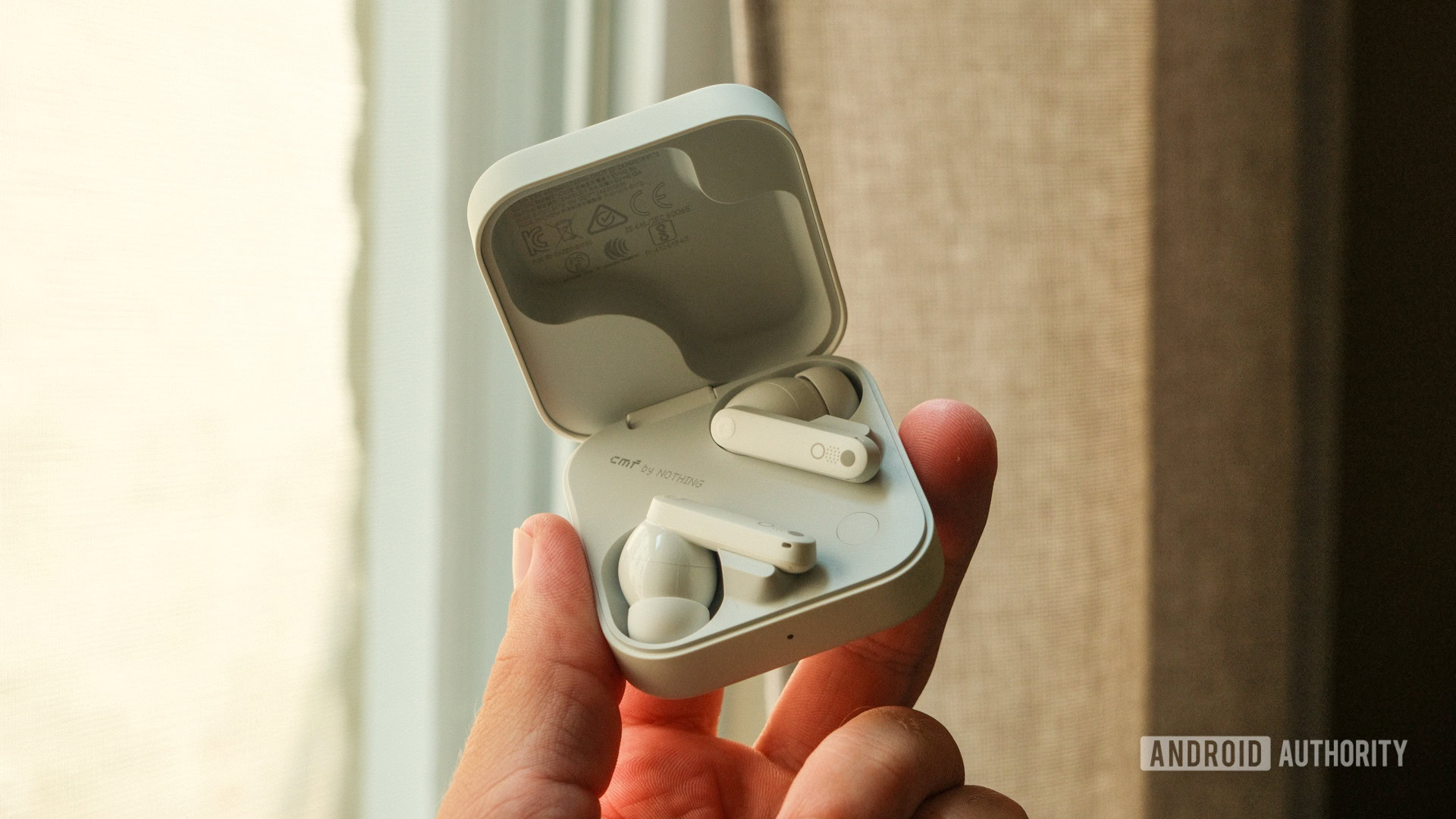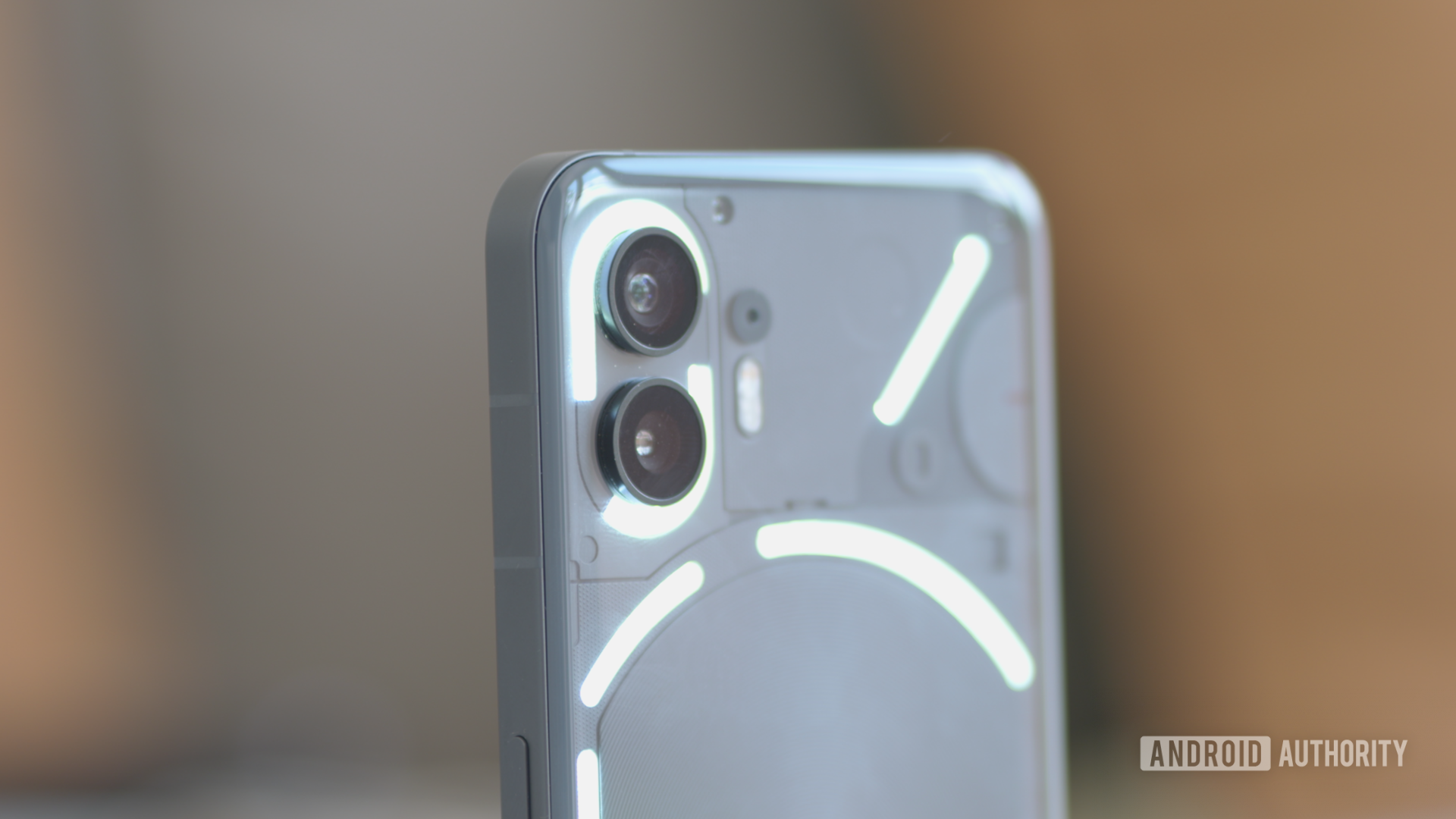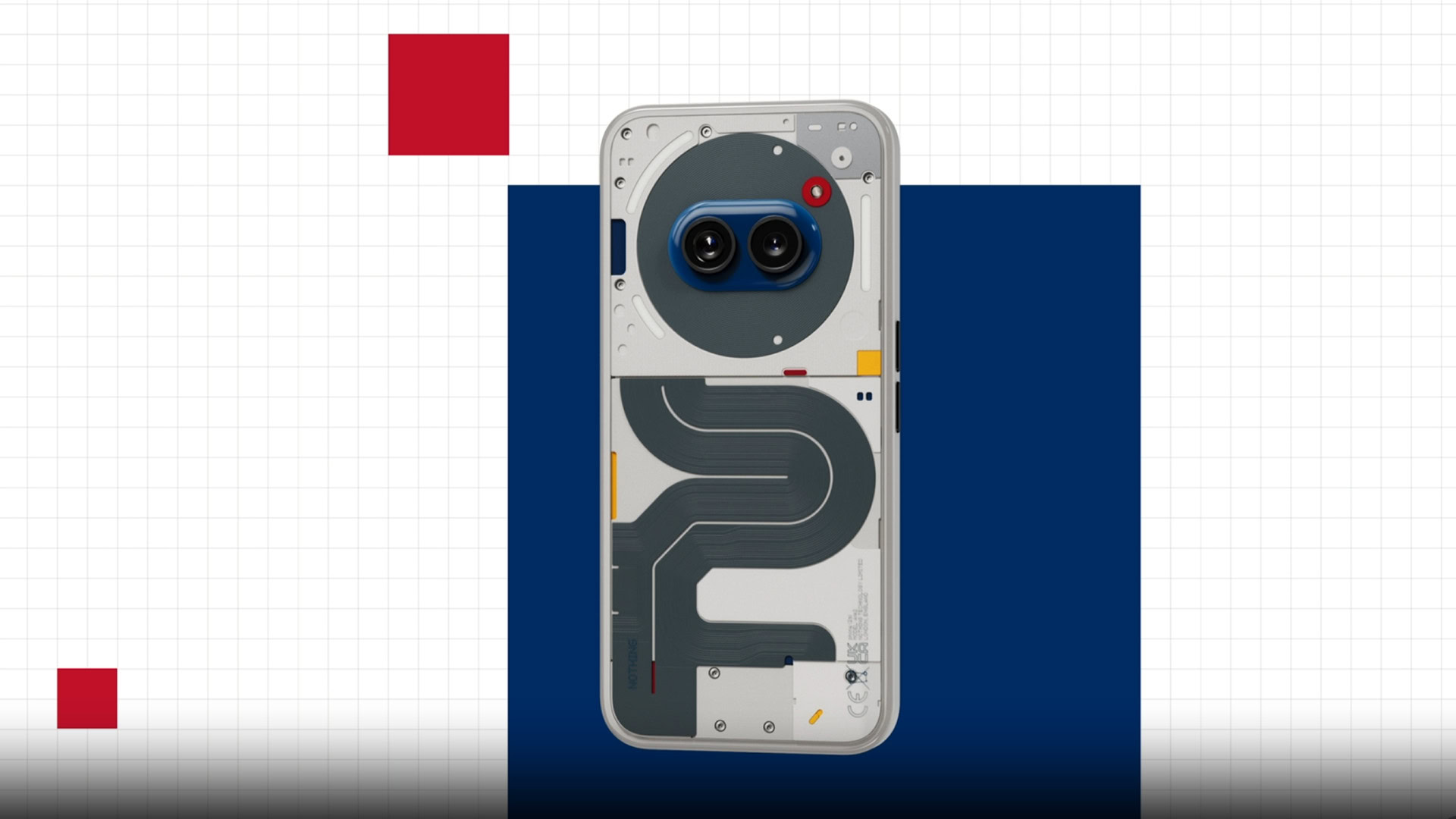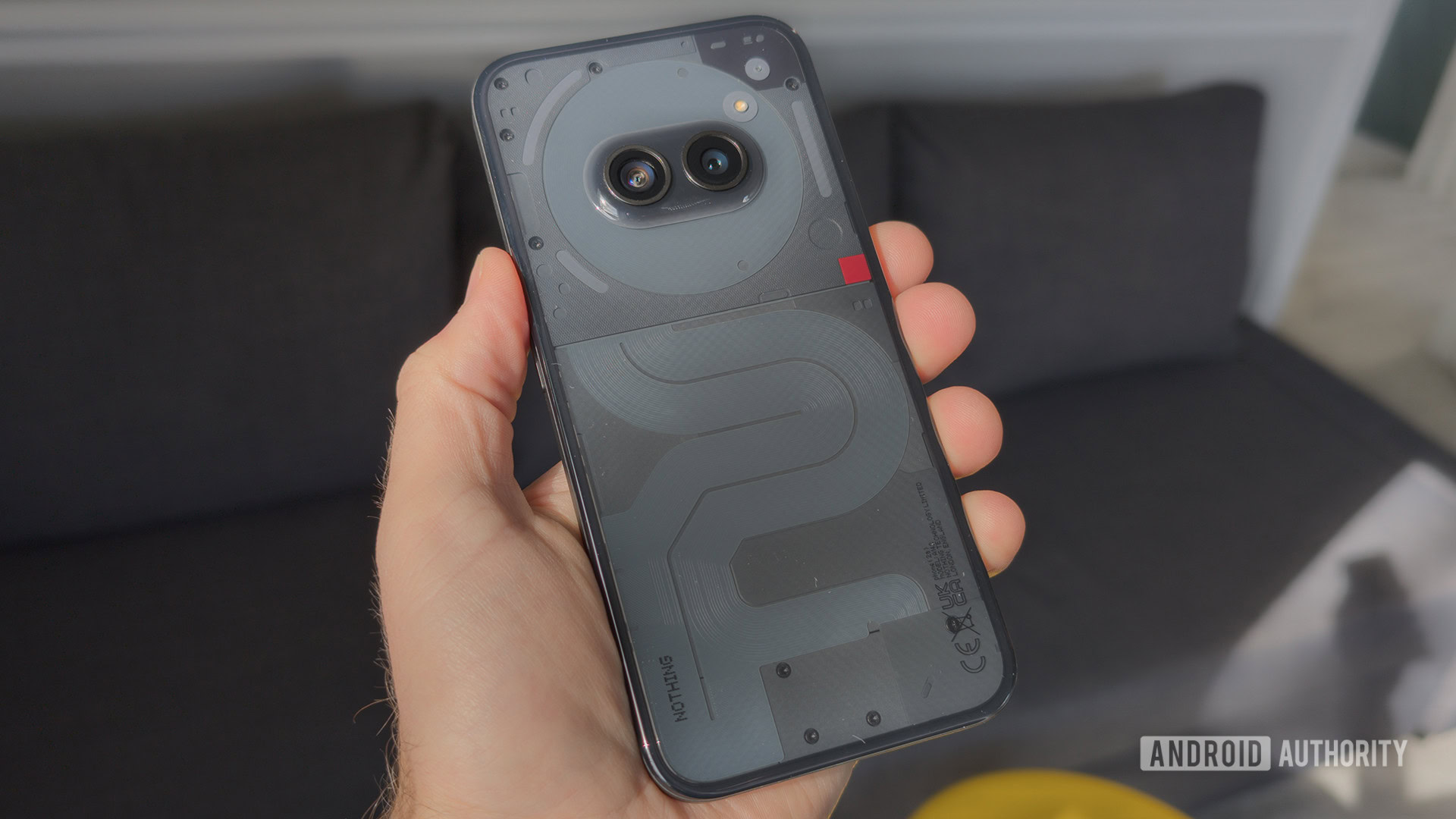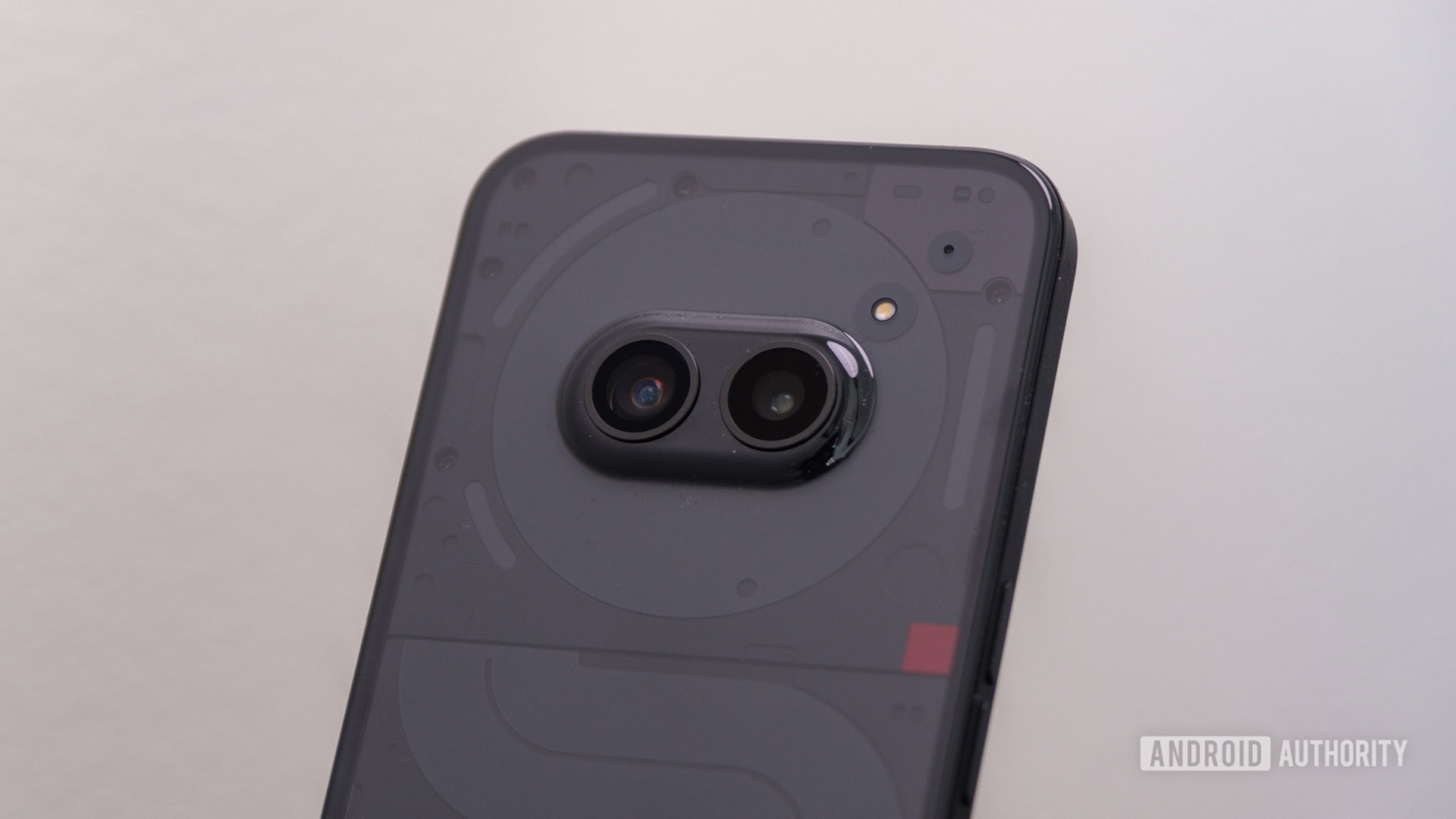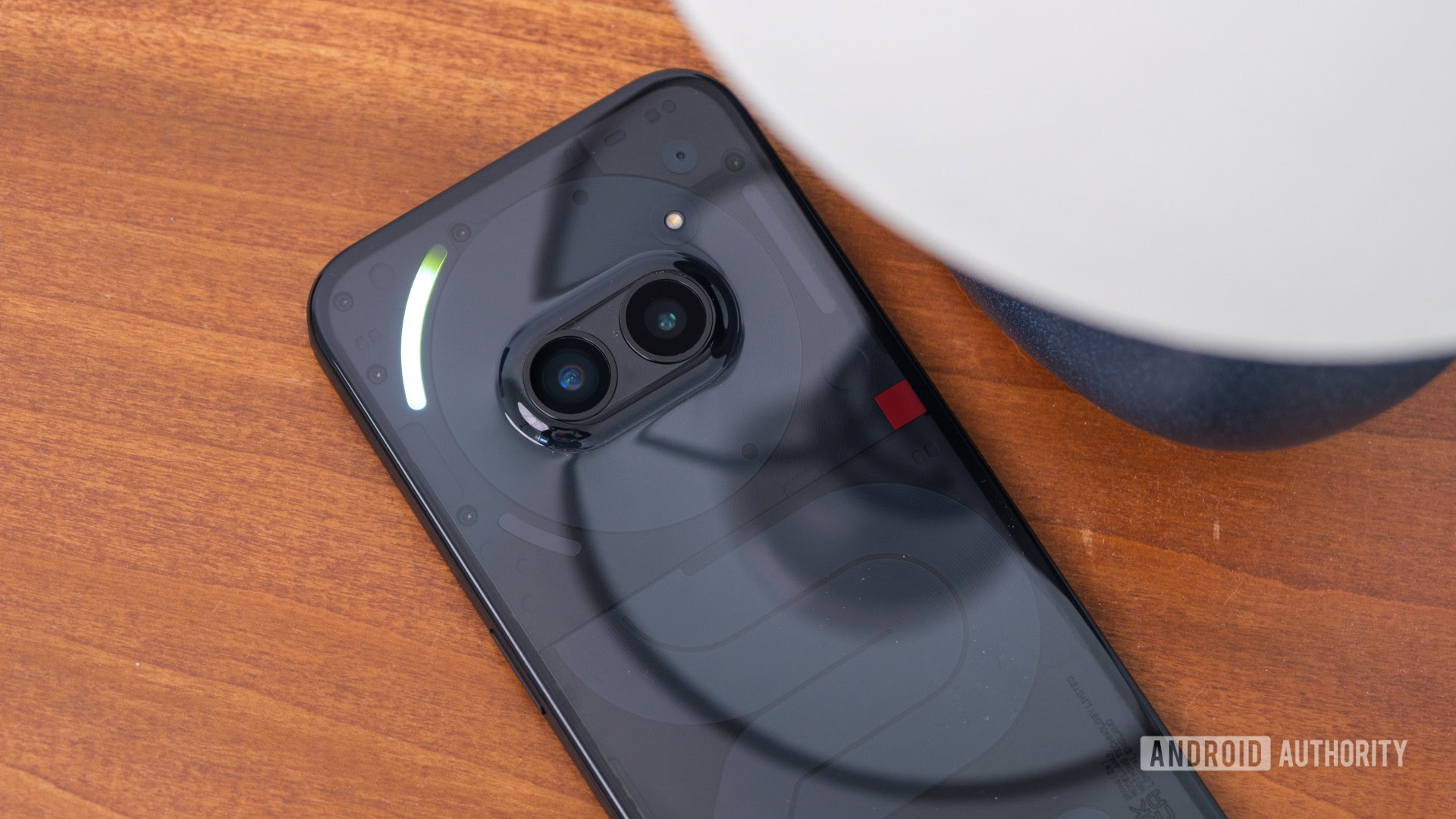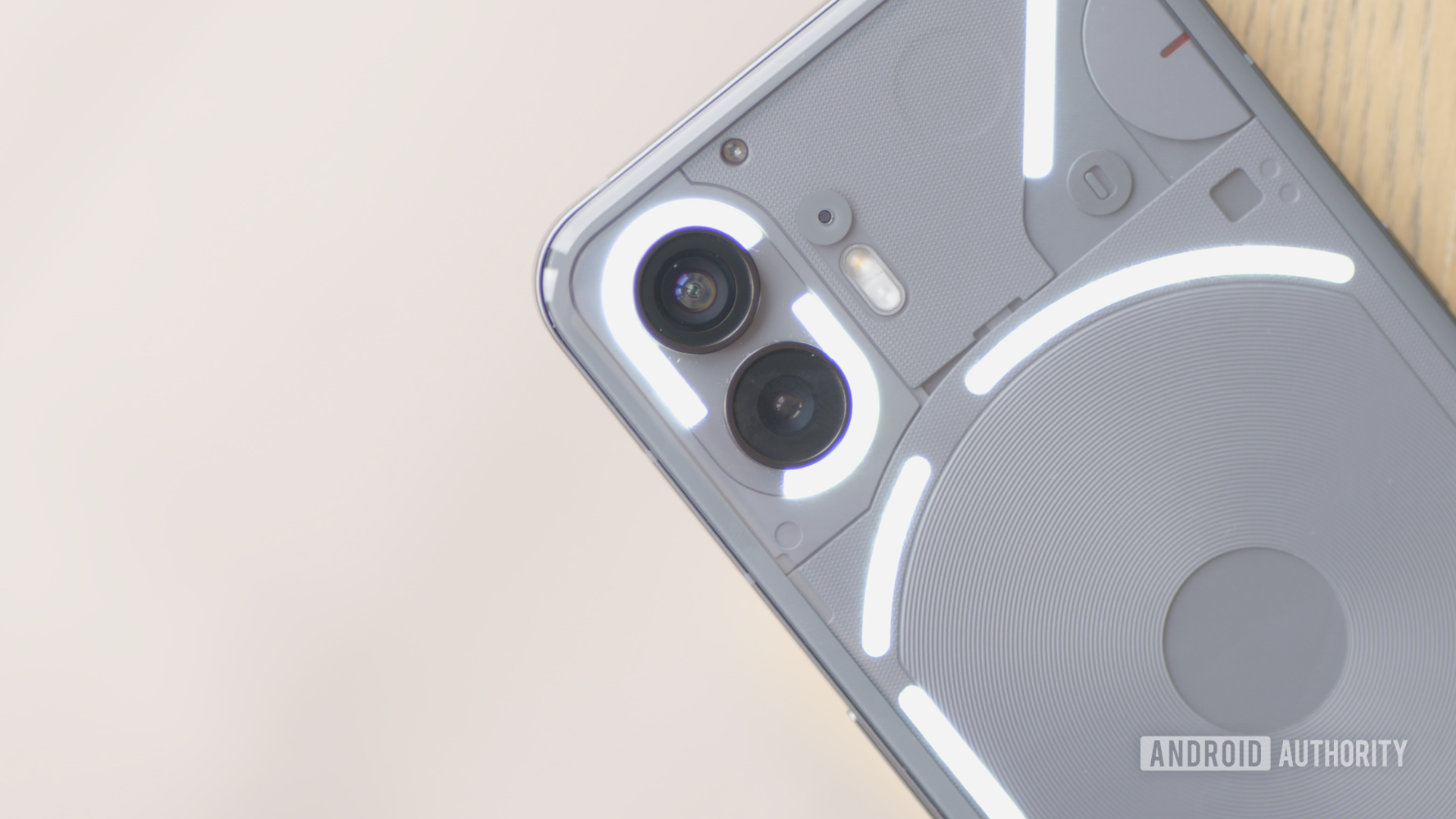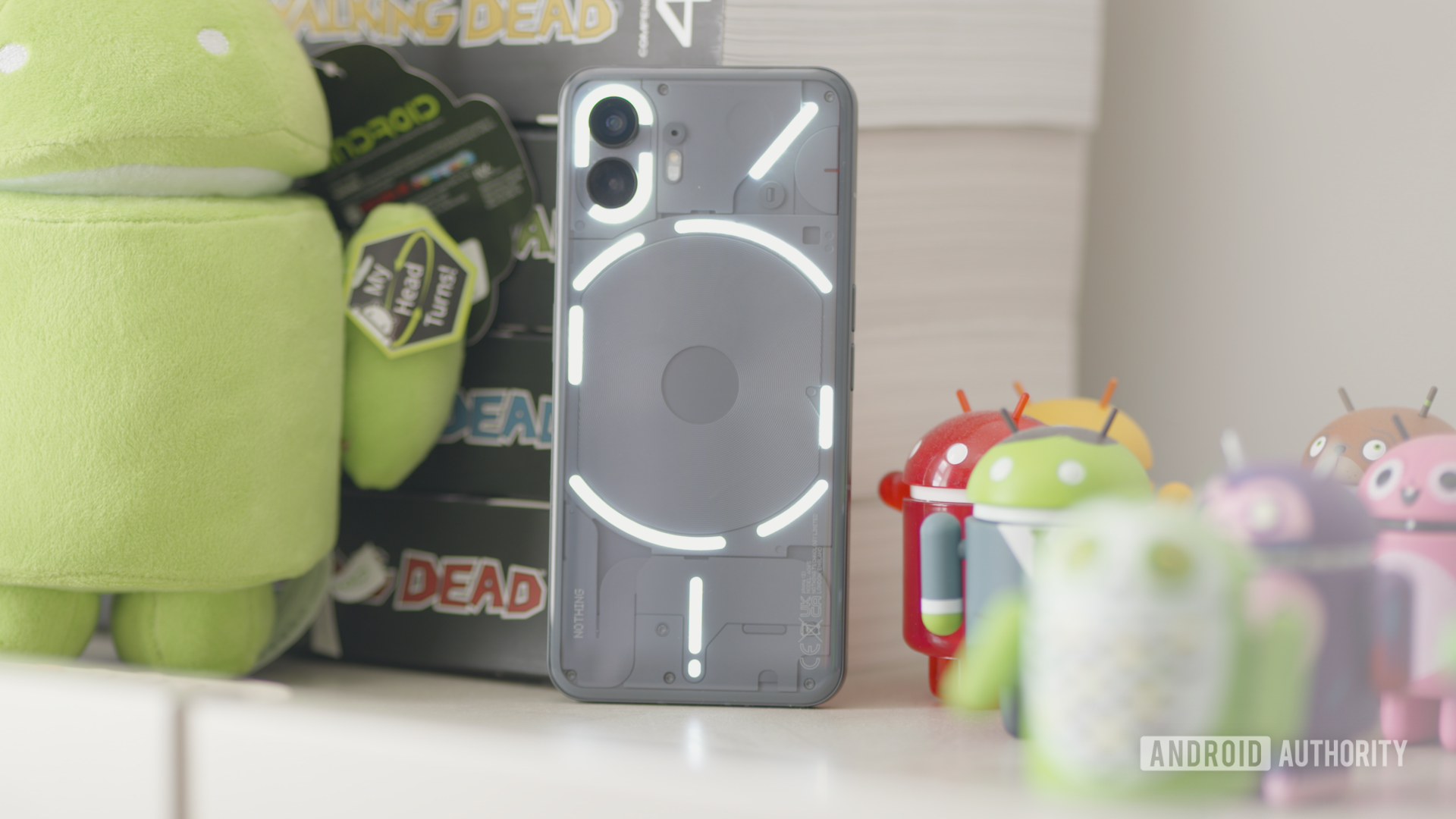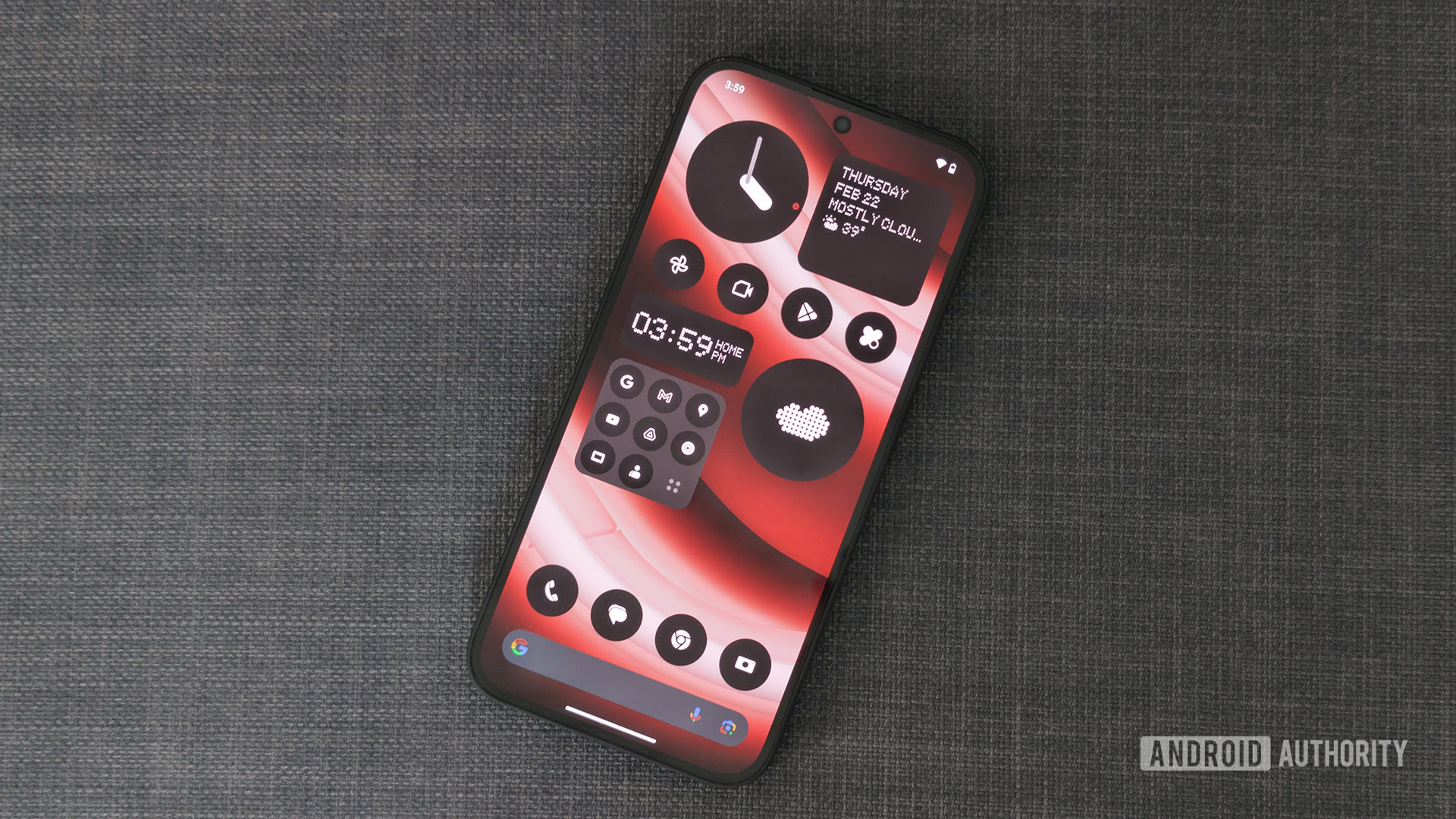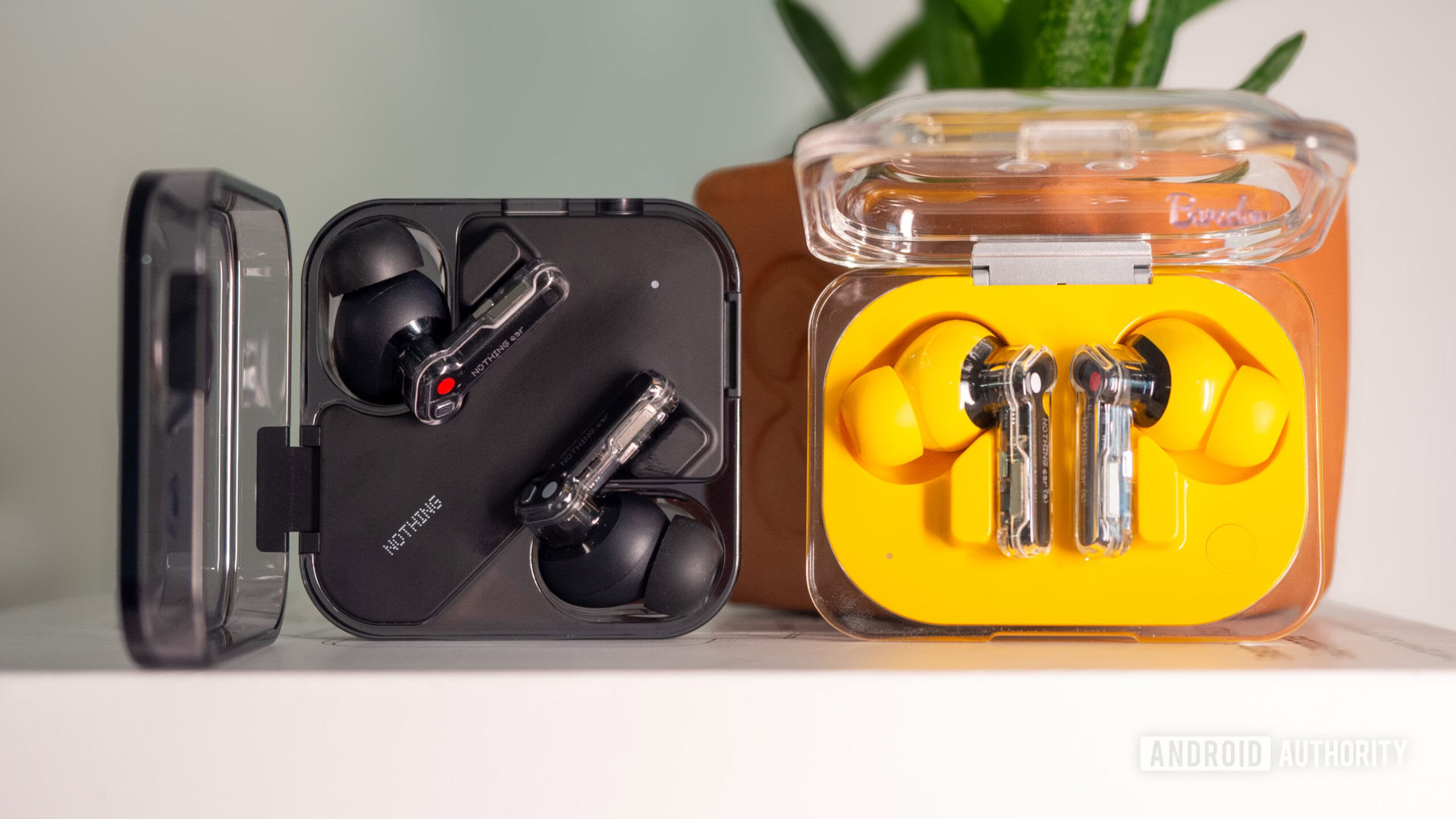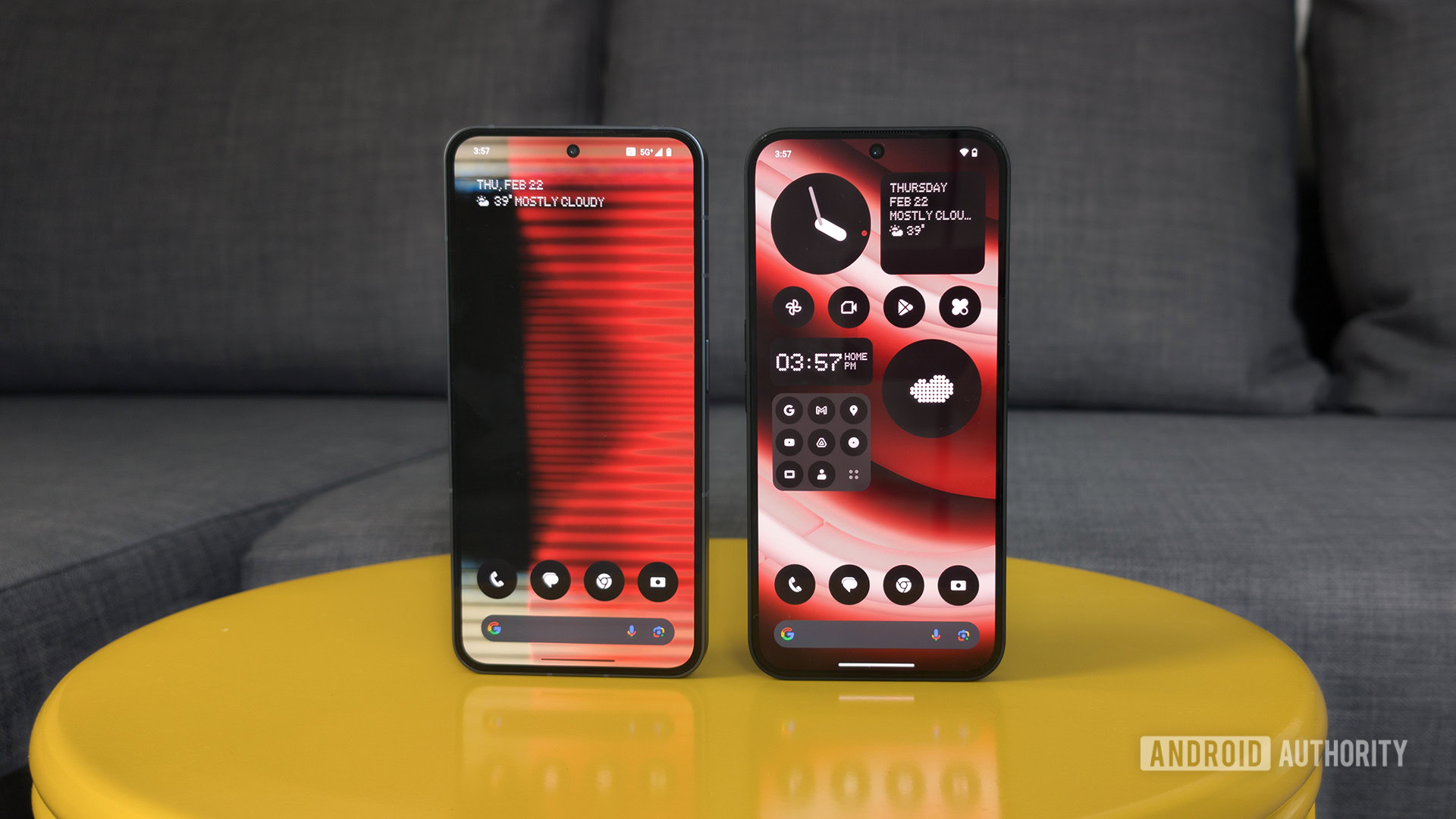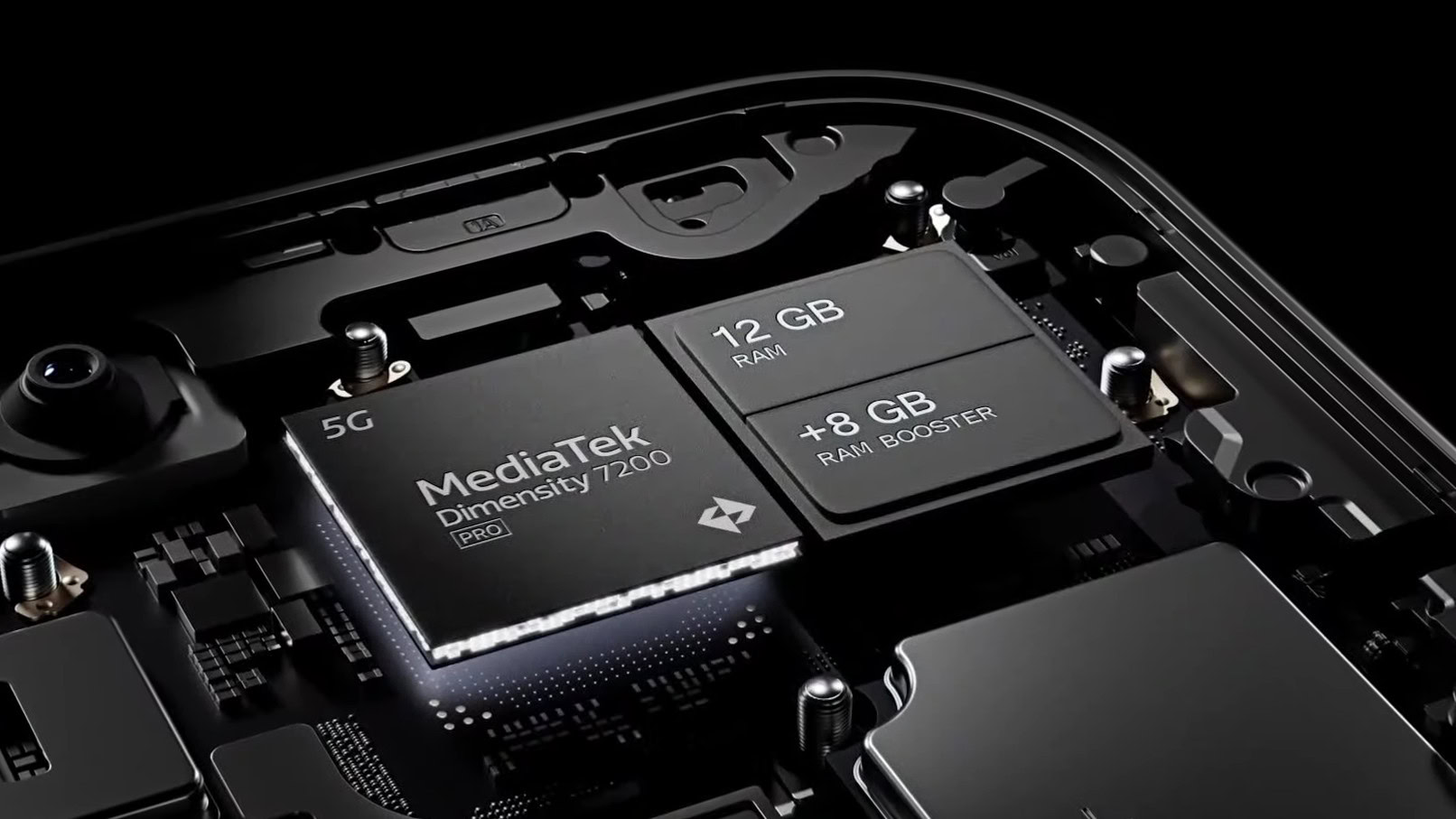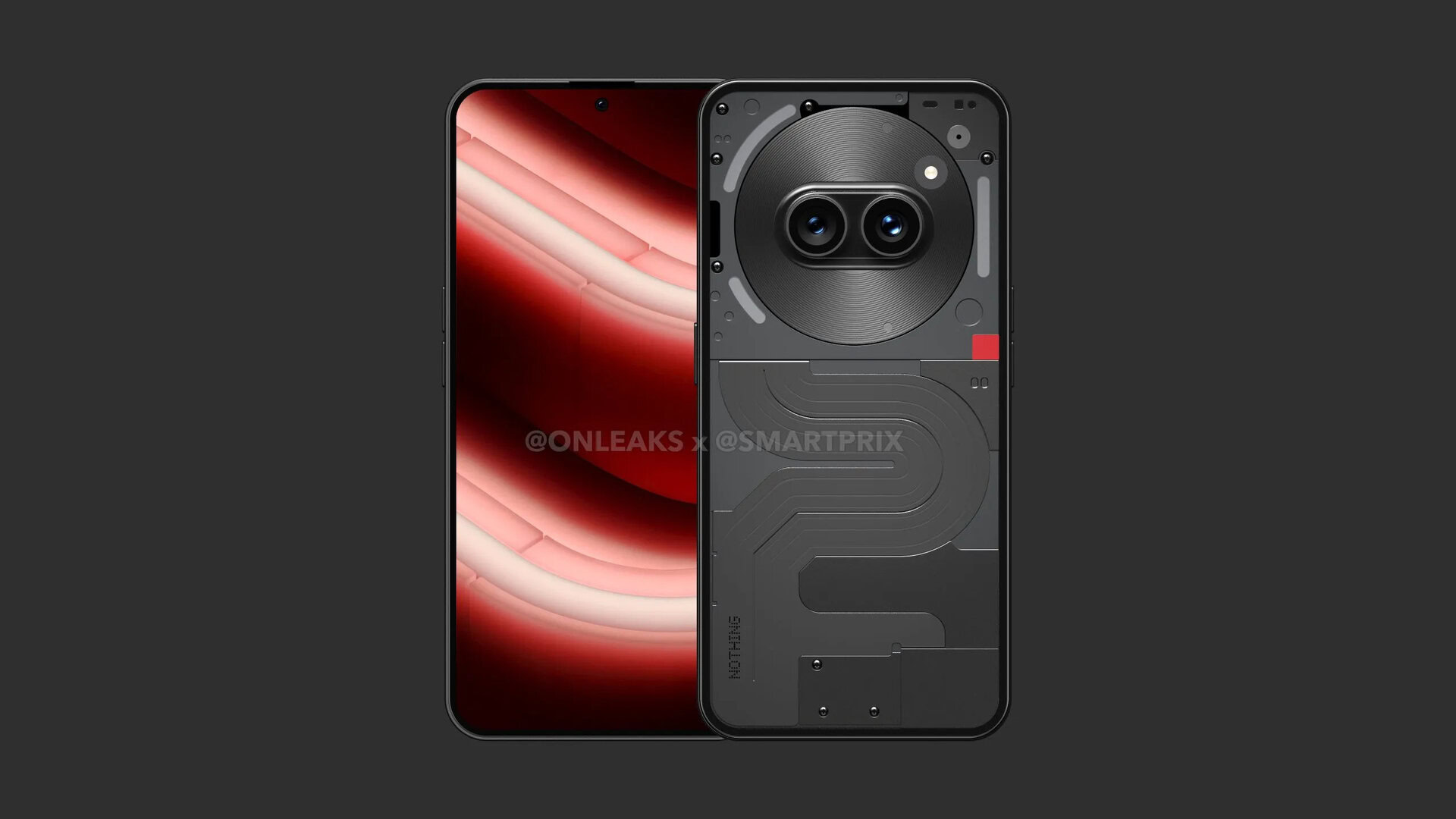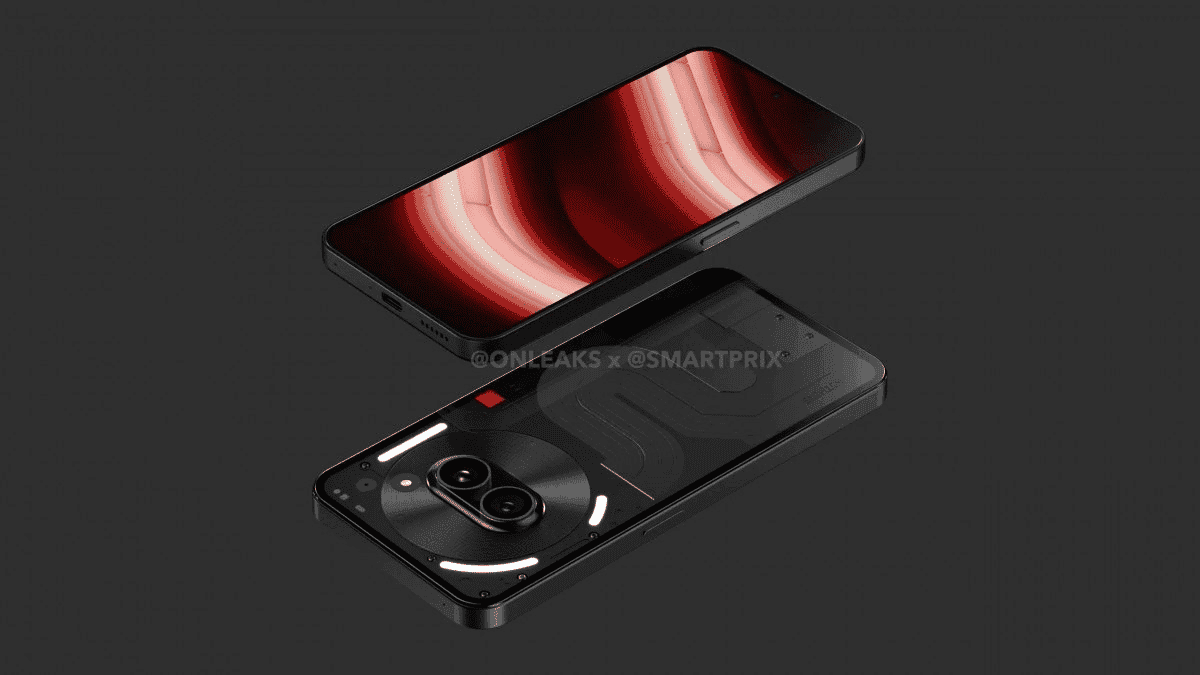You can buy the full CMF by Nothing ecosystem for less than a Pixel 8a, but should you?
Remember when the Google Pixel 7 cost $599? Or when you could grab a Galaxy Z Flip for under $1,000? As a tech reviewer, I’m painfully aware of how prices have changed in the last few years — and it hasn’t been a change for the better. Recently, though, we’ve seen a rise in smaller brands and spin-offs trying to offer maximum value at a minimal price. I am, of course, referring to Nothing and, by extension, its spin-off CMF by Nothing.
CMF’s plan is ambitious — peg its debut smartphone at $200 and surround it with accessories that cost less than half of that — but can it work? How much value can you get from an entire ecosystem that costs less than a Google Pixel 8a? Well, let’s find out.
The Buds Pro 2 are a no-brainer
![]()
I know you’d probably expect me to start at the top and work my way down through the CMF ecosystem, but for reasons that will eventually become clear, I’m going to do the opposite. Instead of starting with CMF’s debut Phone 1, which should be the star of the show, I’d rather kick things off with the supporting cast — a group that I actually think is much better than its lead. Up first in this impressive yet affordable group is the CMF Buds Pro 2.
Now, I’ll admit that I’m not always caught up on the latest developments in earbuds — I usually wear bone-conduction headphones while running for my safety — but I’ve been thoroughly impressed during my time with CMF’s Buds Pro 2. They’re a massive change from my last pair of budget buds, which was Google’s original Pixel Buds A-Series. Those earbuds came without noise canceling, a reliable IP rating against water or dust, and sat in a simple, shallow charging case that never felt very secure. Sure, I liked their simple controls and appreciated having Google Assistant in my ear by default, but they never punched above their $100 billing.
If there's one CMF product you should definitely buy, it's the Buds Pro 2.
The CMF Buds Pro 2, on the other hand, exceed their $60 price tag in just about every way. For less than the price of a new PlayStation 5 title, you get noise canceling, a workout-ready IP55 rating, and perhaps the best earbud case I’ve used in a long time. At the very least, the case’s customizable Smart Dial makes for an incredibly addicting fidget toy. And yes, I realize that some of my excitement comes from not having used budget-friendly earbuds in a while, but my colleagues at Sound Guys tend to agree — and they know a thing or two about audio.
Anyway, I’ll readily admit that I mostly worry about two things when it comes to earbuds: comfort and a good seal. The CMF Buds Pro 2, with their AirPods Pro-like design and soft ear tips, check both boxes. I find that I can keep the Buds Pro 2 in for a few hours at a time without reaching to adjust them — at least until my Spotify daylist switches or I convince myself that my cats are up to no good. When I’m done, the earbuds pop nicely back into their charging case with the help of some surprisingly strong magnets, ensuring that I can line them up easier than Samsung’s Galaxy Buds 3 Pro.
Of course, you will need the Nothing X app to customize the controls on your Smart Dial and the individual earbuds, but it also lets you tweak your equalizer and noise control (canceling) preferences, so I’d call it a valuable addition. I’ve also noticed that a few of the CMF Buds Pro 2 tap controls work better than others — fast forward works every time, even when I don’t want it to, while play and pause are hit or miss. I’m sure CMF can drill down its controls with a future update, though, so it’s not nearly enough of a problem to outweigh the remarkable value.
I’d recommend the Watch Pro 2, too
![]()
Moving on, I’m a little bit pickier with my smartwatches than I am with earbuds, typically preferring to keep a powerful Garmin or Coros GPS watch on my wrist. However, when the CMF Watch Pro 2 showed up, I was happy to try out a modular wearable, strapping it to my less-favored right wrist. And, at just $10 more than the Buds Pro 2, I was curious if anything would impress me about the seemingly simple watch.
Once again, the answer turned out to be yes. I might not be as impressed as I was by the Buds Pro 2 — after all, I have very high standards for the watch on my wrist — but it remains hard to argue against what you’re getting for just $70. CMF’s controls are simple and Coros-like, with a single button in the form of a rotating crown that, yes, actually serves a purpose (looking at you, Samsung and OnePlus). A press of the button from the watch face opens up a menu of options to scroll through, while a swipe left or right runs you through a set of widgets, all bearing Nothing’s signature dotted design language.
$70 for a watch with 11 days of battery life seems like a pretty good deal to me.
This brings me to my first issue — CMF’s mostly square widgets don’t feel like they’re optimized for the Watch Pro 2’s round AMOLED panel. Instead of giving each widget its own display, the Watch Pro 2 pairs them up, cramming the weather in with your Apple Watch-like tracking rings and shoving your recent calls, dialer, and contacts all onto one screen together. The shape of the widgets makes it feel like they were designed for a square display, while their size, even when combined, leaves plenty of space around the edges of the panel. And yet, the button-based menu, which uses the rotating crown, takes up the entire display and scrolls nicely with a rounded effect along the edge.
But, if you can live with the slightly unorthodox menus and widgets, the CMF Watch Pro 2 has much to offer. Its battery life is excellent — it claims 11 days of regular use or nine days of heavy use, and I’ve only had to charge it once since the watch arrived about two weeks ago.
Other touches, like the IP68 rating, 120 sport modes, and five auto-detectable activities, make the Watch Pro 2 sound like it should be an athlete’s dream and one of the best smartwatches for the money. It might turn out to be, but I can’t trust it with a few of my adventures. The few default bands I’ve used are made of a very plasticky faux leather material, which I can’t help thinking would become incredibly slippery during sweaty summer runs.
CMF’s interchangeable metal bezels are an interesting idea, too, allowing you to spice up your watch for several different occasions, but they seem like a nightmare for a frequent climber like me. They’re easy to twist on and off, only taking about a millimeter of travel, but I’ve already had a few times when the bezel hasn’t fully locked into place and come tumbling off in my living room. If you were, say, climbing in a gym and happened to smack your wrist against a hold, I could see it knocking the bezel loose or even damaging the metal itself. Have the same thing happen outside, and you might never see that bezel again.
And yet, I know that most people won’t go smacking their wrists into rocks or sweating their way through faux leather bands. For most people, their biggest headache will be the small, square widgets, while the long-lasting battery life, 80 watch faces at launch, and 24/7 health tracking will be more than worth the $70 price tag. This leaves us with one more piece of the CMF puzzle…
Reaching for the CMF Phone 1 isn’t quite so simple
![]()
And finally, we have what should be the star of the show — the CMF Phone 1. I find myself saying it should be the star rather than it is the star for one fundamental reason: The CMF Phone 1 doesn’t work in the US. It follows in the footsteps of Nothing’s Phone 2a, which was launched earlier in the year and arrived as part of a developer’s program without the proper band support for any of T-Mobile, Verizon, or AT&T. As such, I can’t recommend it to most people I know to cap off their less-than-a-Pixel-8a spending spree.
But, while it’s a no-go for the Americans I know, there’s a lot to like about this $200-equivalent phone in the rest of the world, and that’s without even considering the interchangeable accessories. CMF’s 6.67-inch AMOLED panel is vibrant, its 120Hz refresh rate is smooth, and I can’t help but like the dot-matrix design of Nothing OS (yes, the CMF Phone 1 uses its parent company’s flavor of Android). The Phone 1’s 33W wired charging is a nice touch, too, out-pacing what Samsung and Motorola offer for their similarly priced devices.
The CMF Phone 1 would be a great value... if it worked in the US.
And, although you probably shouldn’t buy a phone for the accessories that it comes with, CMF’s modular options are worth mentioning. This is the first time I’ve ever had a phone case come with a screwdriver, and I actually dig the setup. It’s a strange feeling to remove four screws and a twist-off button to change the parts on your phone, but it feels very industrial — not to mention the fact that there’s no way a phone case is coming off after it’s been screwed in. CMF’s other accessories are equally secure, with the card case and stand slotting into the small wheel in the bottom corner. It feels like a new take on an Erector set, which I did not expect in 2024.
However, several situations highlight the CMF Phone 1’s budget limitations. The phone is predominantly made of plastic, and its interchangeable nature means the plastic on the back panel is pretty flimsy. It’s meant to be easy to swap in and out, but this mostly results in a device with soft buttons and a little bit too much give to its back. CMF will only bring two full Android updates to its debut device, followed by a third year of security patches — it’s not the worst update commitment at this price point, but that’s hardly a ringing endorsement. I also personally can’t stand Nothing’s notification chimes and ringtones — to me, they sound like R2-D2 being crushed by a trash compactor.
Again, though, none of this matters when buying the CMF Phone 1, at least not in the US. For most of us, the phone simply won’t work due to having the wrong set of bands for our major carriers. As such, it’s tough to recommend the CMF Phone 1 as the last piece of an affordable ecosystem. You’ll get excellent value out of the CMF Buds Pro 2 and a solid (if not the most athletic) experience from the CMF Watch Pro 2, but you might have to wait a little bit longer before trying out a modular phone for yourself.
If you’re still interested, you can check out all three CMF by Nothing launches below.

